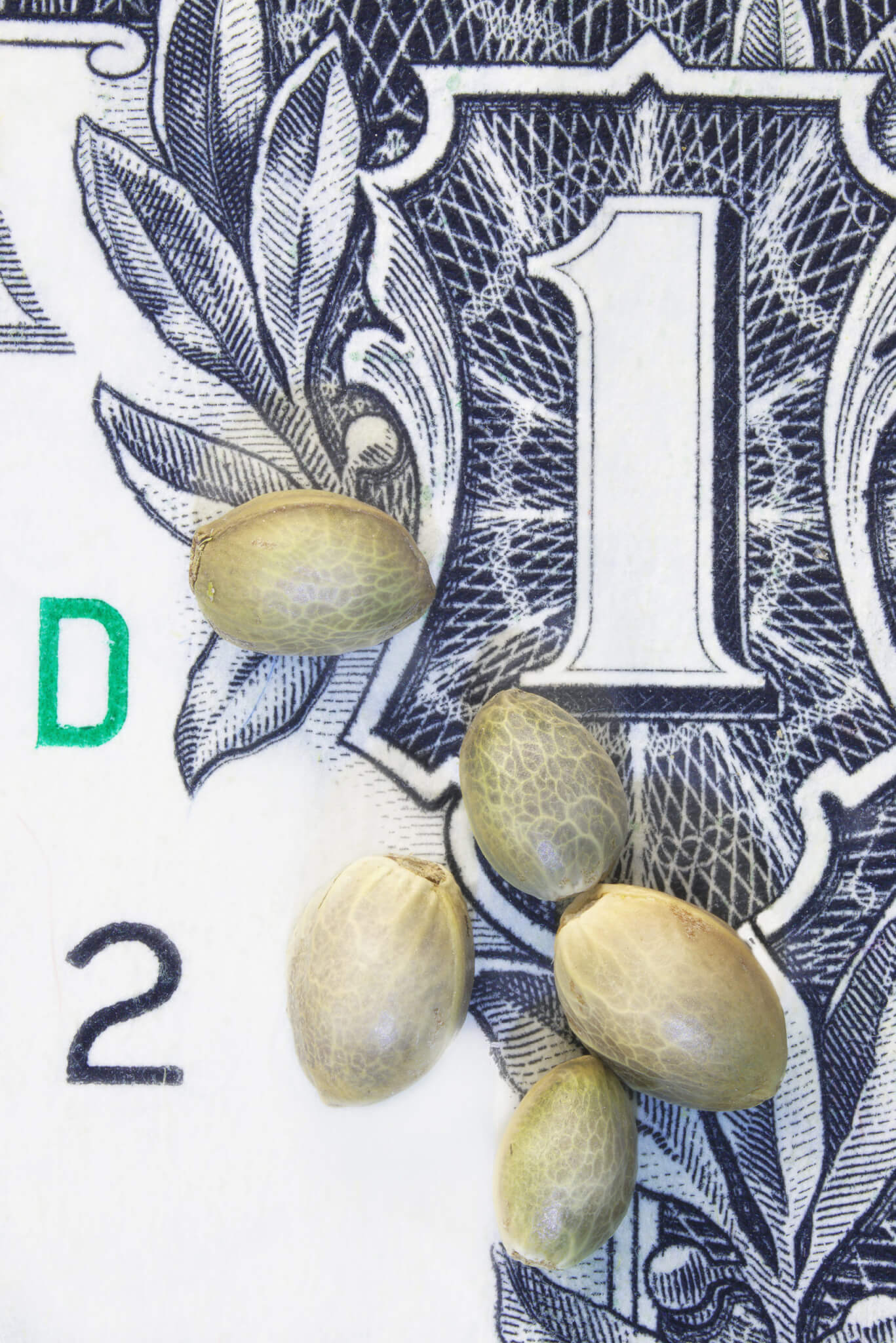
The Early Years – Hemp for Every Household
1600s – 1890s
In America’s earliest years, cannabis – in the form of hemp – was a popular crop that the government encouraged people to grow. You may already be aware of this as gleeful stoners regularly report that George Washington himself grew it. Hemp is made from the fibers of the cannabis plant and was vital in making a huge variety of products that were crucial in the budding colonies, from ropes and sails to cloth and paper. The plant was so instrumental that in 1619 Virginia actually passed legislation ordering every farmer to grow it. Hemp even served as legal currency in Pennsylvania, Virginia, and Maryland.
We will pause for a moment here to differentiate between hemp and smokeable marijuana. There are four species within the cannabis genus. One is cannabis sativa L—what we call hemp. Hemp has less than one percent THC, and lacks the psychoactive properties associated with marijuana.
Eventually, growing hemp for agricultural purposes fell in popularity. By the end of the Civil War, new products like cotton were on the rise and largely outpaced hemp. But by the end of the 19th century, a different version of the plant was gaining steam. Marijuana was becoming an increasingly popular ingredient in medicines and was sold openly in pharmacies. Also around this time, hashish use became fashionable among those who could afford it in Europe, and to some extent, the eastern US.
The smokeable marijuana that we know today was largely introduced to American culture in the early 1900s via Mexico. Marijuana had had a long history in Latin America and the Caribbean, after being introduced on plantations by colonial powers like Britain and Portugal, largely to pacify slaves. After the Mexican Revolution, Mexican immigrants flooded the American Southwest, bringing marijuana with them. As fears and prejudice about these newcomers pervaded, their association with the drug made it equally resented. The backlash was quick to follow – in 1914, El Paso, Texas became the first city to implement an anti-marijuana ordinance.
Shortly after, in the1930s, the Great Depression struck and devastated the country’s economy. Massive unemployment led to increased competition and public fear of Mexicans and other immigrants. This, in turn, exacerbated public and governmental concern about the “Marijuana Menace,” which was still largely associated with people of color. This heated political climate led to a cooked body of research that linked pot use with violence, criminality, and other social menaces, particularly by “racially inferior” or lower-class communities. By 1931, 29 states had outlawed marijuana.
The racist roots of marijuana prohibition cannot be overstated, and still inform much of the injustice surrounding pot arrests in the country today. To this day, anti-drug laws disproportionately affect people of color, who face harsher prosecution and sentencing than their white counterparts.
It was around this time that the Federal Bureau of Narcotics was created. This agency, which would later become the DEA, was headed up by the now-infamous Henry Anslinger, who had made his name during alcohol prohibition. Once alcohol regained its legal status, Anslinger – needing a new boogeyman – set his sights on marijuana and crusaded wildly to vilify the drug.
Enter Refer Madness. The tawdry film entered the public sphere in 1936, financed by a church group as a morality tale. It painted a dark picture of the perils of marijuana use, centering on a series of lurid events — from car accidents to manslaughter, suicide, attempted rape, hallucinations and a rapid descent into madness.
This piece of ill-informed propaganda served the government in creating a panic about a drug that was not widely known at the time. “The Reefer Madness campaign was an attempt to create a narcotics scare and, in particular, to paint marijuana as a narcotic that was as dangerous as heroin and cocaine,” says Alexandra Chasin, author of Assassin of Youth: A Kaleidoscopic History of Harry J. Anslinger’s War on Drugs. In fact, the film paved the way for the passage of the Marijuana Tax Act of 1937, ushered through by – you guessed it – Henry Anslinger.
In our next segment, we’ll get into marijuana’s entry into the counterculture – stay tuned for beatniks, hippies, and the fast-changing cultural and political landscape…
Watch this space!
Christina Rock is a Seattle-based writer and photographer who loves a good history lesson.

Recent Comments